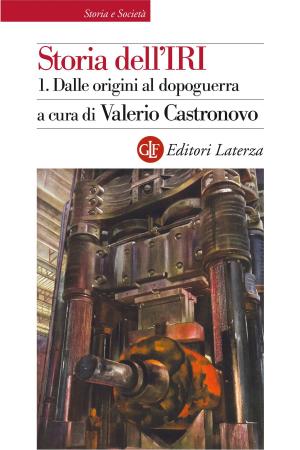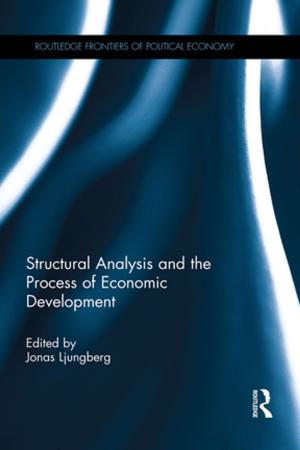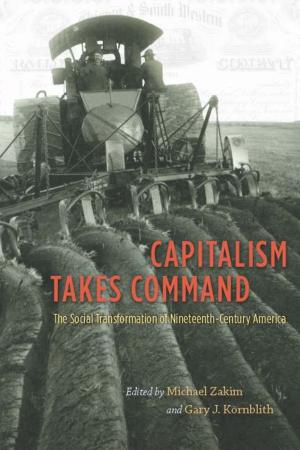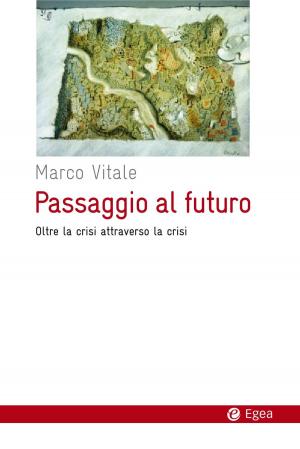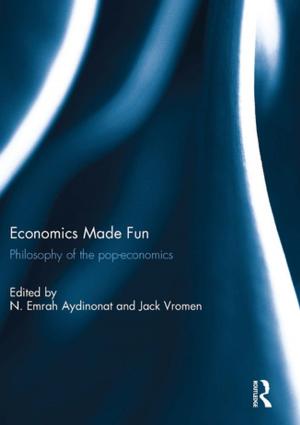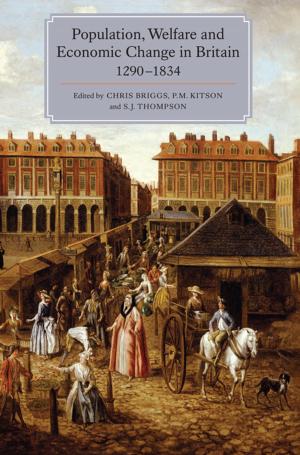Global Economic Boom and Bust Cycles
The Great Depression and Recovery of the 21st Century
Business & Finance, Economics, Money & Monetary Policy, Economic Conditions, Economic History| Author: | Khafra Omrazeti | ISBN: | 1230000160492 |
| Publisher: | KMT Publications | Publication: | November 1, 2012 |
| Imprint: | Language: | English |
| Author: | Khafra Omrazeti |
| ISBN: | 1230000160492 |
| Publisher: | KMT Publications |
| Publication: | November 1, 2012 |
| Imprint: | |
| Language: | English |
This book represents an extraordinary journey for me, one that extends over a period of 25 years. After observing several economic boom and bust cycles and researching several more, I have reached an understanding and appreciation of the power and massive influence of these events. Even though each boom and bust cycle is fundamentally different, there are similar themes, factors and cyclical patterns that repeat themselves throughout the bull and bear markets. As one period ends, another slowly begins the transition period towards the next cycle in a never¬ ending economic drama of human and natural resources. The central core of these cycles is the hopes, greed, desires, fears, and dreams of societies and their governments.
As the research in this field continues to evolve, new ways of examining this exciting economic phenomenon will expand our understanding of what we are dealing with. Since the field of economics is not a science, but an art, economic data and events tend to bring about conflicting levels of interpretation. For instance, in the Meltdown of 2008 the world was presented with enormous economic and financial devastation on par with the Great Depression of the 1930s. Many mainstream economists and government leaders avoided using the word “depression” to describe this monstrous economic contraction, and that is understandable from a political point of view. The recession (labeled the Great Recession) was considered a typical “garden-variety recession,” and it was declared over in June of 2009. It was expected at that point that the U.S. economy would be in a full recovery mode. However, my analysis confirm that in the massive meltdown of 2008 we entered the first phase of the Great Depression of the 21st Century and, by late 2013, the global economy was still struggling to avoid the second phase of this great economic decline.
The analysis in my book has helped me to understand that we are very likely to experience another major collapse, one greater than the 2008 meltdown. What the Obama Era did was to stop the collapse into the abyss of the second phase of the Great Depression, and with the Recovery Act of 2009, made a substantial down payment on the clean energy revolution in America. My book examines the end of the Age of Oil and the next recovery phase, and it’s very clear that the Information Age Revolution (that includes green technology) is the wave of the future.
This book is not strictly a thesis on economic collapse, but more of a narrative and interdisciplinary analysis of many different factors converging on this era of massive change; a phenomenon I describe as the Grand Convergence Theory. After witnessing the decimation of the middle class in America and in other parts of the world, it is my hope that many people reading this book will come away with a deeper understanding of the massive power and influence of Boom and Bust Cycles.
This book represents an extraordinary journey for me, one that extends over a period of 25 years. After observing several economic boom and bust cycles and researching several more, I have reached an understanding and appreciation of the power and massive influence of these events. Even though each boom and bust cycle is fundamentally different, there are similar themes, factors and cyclical patterns that repeat themselves throughout the bull and bear markets. As one period ends, another slowly begins the transition period towards the next cycle in a never¬ ending economic drama of human and natural resources. The central core of these cycles is the hopes, greed, desires, fears, and dreams of societies and their governments.
As the research in this field continues to evolve, new ways of examining this exciting economic phenomenon will expand our understanding of what we are dealing with. Since the field of economics is not a science, but an art, economic data and events tend to bring about conflicting levels of interpretation. For instance, in the Meltdown of 2008 the world was presented with enormous economic and financial devastation on par with the Great Depression of the 1930s. Many mainstream economists and government leaders avoided using the word “depression” to describe this monstrous economic contraction, and that is understandable from a political point of view. The recession (labeled the Great Recession) was considered a typical “garden-variety recession,” and it was declared over in June of 2009. It was expected at that point that the U.S. economy would be in a full recovery mode. However, my analysis confirm that in the massive meltdown of 2008 we entered the first phase of the Great Depression of the 21st Century and, by late 2013, the global economy was still struggling to avoid the second phase of this great economic decline.
The analysis in my book has helped me to understand that we are very likely to experience another major collapse, one greater than the 2008 meltdown. What the Obama Era did was to stop the collapse into the abyss of the second phase of the Great Depression, and with the Recovery Act of 2009, made a substantial down payment on the clean energy revolution in America. My book examines the end of the Age of Oil and the next recovery phase, and it’s very clear that the Information Age Revolution (that includes green technology) is the wave of the future.
This book is not strictly a thesis on economic collapse, but more of a narrative and interdisciplinary analysis of many different factors converging on this era of massive change; a phenomenon I describe as the Grand Convergence Theory. After witnessing the decimation of the middle class in America and in other parts of the world, it is my hope that many people reading this book will come away with a deeper understanding of the massive power and influence of Boom and Bust Cycles.


